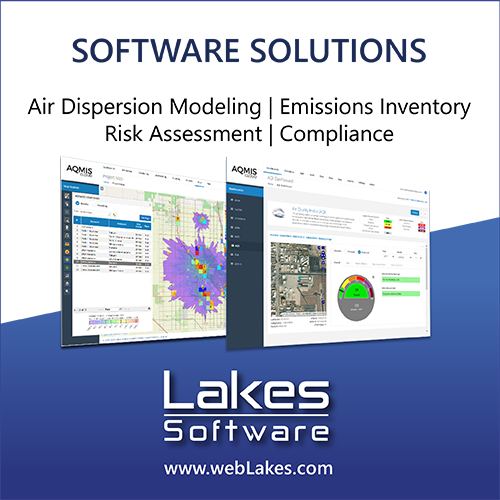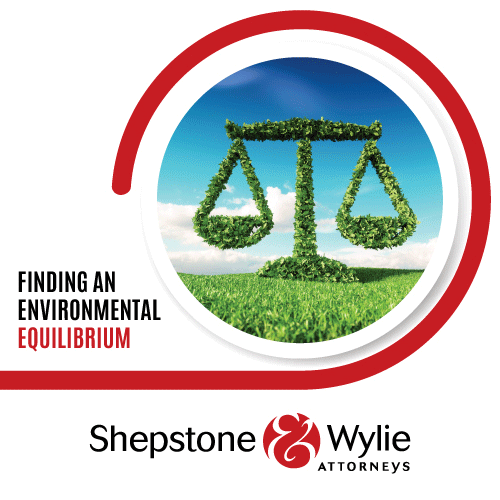Variability of ambient particulate matter loading at Henties Bay, Namibia
DOI:
https://doi.org/10.17159/caj/2023/33/2.16670Keywords:
PM, stratocumulus cloud, HYSPLIT, HAEs, LAEsAbstract
The Namibian coast is one of the areas of international interest for aerosol studies. This is due to the region’s importance for the global radiation budget because of the presence of a semi-permanent stratocumulus cloud along the coast. Aerosol particles may scatter/absorb radiation and directly influence how long clouds last by modifying their properties. This is all dependent on the particles’ chemical and physical properties because of the sources they were emitted from. In this study, we identified and investigated episodes of high (HAE) and low (LAE) PM concentrations and the meteorology that may favour their occurrence. Here, we investigated PM2.5 (particles with an aerodynamic diameter of 2.5 µm or less) and PM10 (particles with an aerodynamic diameter of 10 µm or less) at Henties Bay, Namibia. Daily aerosol measurements were taken with E-samplers between 15 and 29 July 2019. The Hybrid Single-Particle Lagrangian Integrated Trajectory (HYSPLIT) model was used to investigate the long-range atmospheric transport of air masses that reached Henties Bay. The study found that during HAEs, the average PM2.5 concentration was 28.40 ± 18.10 µg/m3 and the average PM10 concentration was 68.20 ± 44.3 µg/m3. In contrast, during LAEs, the average PM2.5 concentration was 13.3 ± 9.52 µg/m3 and the average PM10 concentration was 30.00 ± 23.00 µg/m3. In both fractions, there was an observed dominant contribution from marine sources.
Downloads
Downloads
Published
Issue
Section
License
Copyright (c) 2023 Monray Belelie, Dr, Dr, Prof, Dr, Dr, Mr, Prof, Prof

This work is licensed under a Creative Commons Attribution 4.0 International License.

All articles are published under a Creative Commons Attribution 4.0 International License; copyright is retained by the authors. Readers are welcome to reproduce, share and adapt the content without permission provided the source is attributed.








.png)